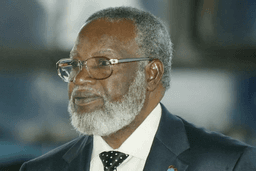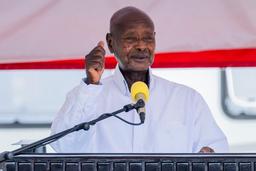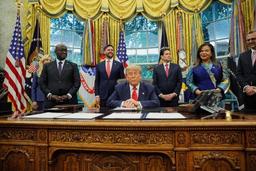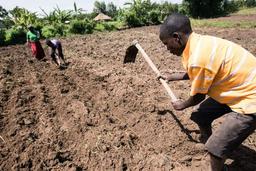Equatorial Guinea
Equatorial Guinea is located on the west coast of Central Africa. It consists of a mainland region called Río Muni and several islands, the largest of which is Bioko Island, where the capital city, Malabo, is situated.

1.5 million

Central Africa, West Coast

28,050 sq km

West Africa Time (WAT), UTC +1

Spanish, French

Central African CFA franc (XAF)

Christianity, Islam

President Teodoro Obiang Nguema Mbasogo
Brief
Equatorial Guinea is a compact, yet immensely resource-rich nation positioned along the western coast of Central Africa. It is the only African country where Spanish is an official language, a legacy of its colonial past. Though small in size, the country’s unique geography spans a mainland region (Río Muni) and several islands, the largest of which is Bioko, home to the capital city, Malabo. The remote island of Annobón lies far to the southwest in the Atlantic Ocean. Despite its modest landmass, Equatorial Guinea has gained outsized attention for its vast oil and gas reserves, discovered in the 1990s, which catapulted it into one of Africa’s top oil producers per capita. The economic wealth brought by oil contrasts with its relatively small population, giving the nation significant potential but also sharp inequality. With dense rainforests, volcanic peaks, black-sand beaches, and vibrant traditional cultures, Equatorial Guinea remains both under-explored and misunderstood by much of the world.
Photos
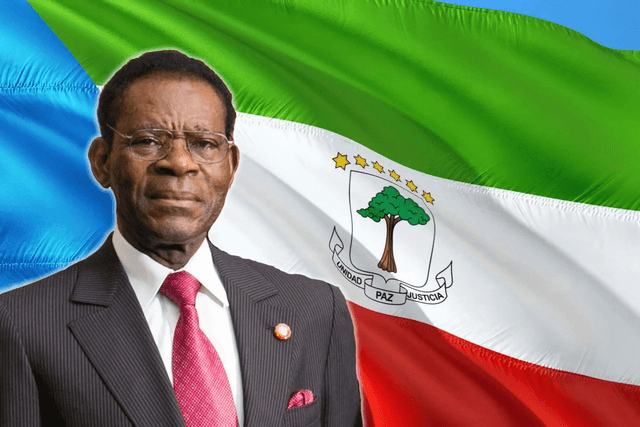
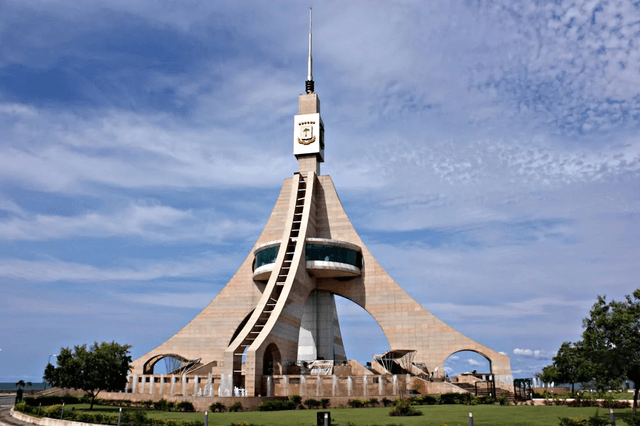
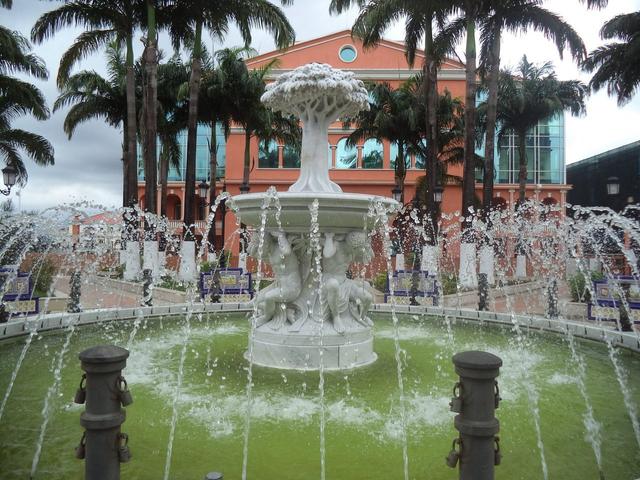
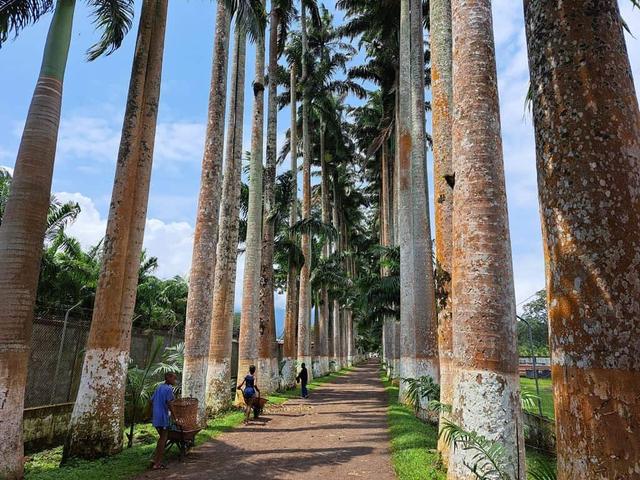
National Anthem
Cultural Life
Cultural milieu
Equatorial Guinea’s culture reflects a fusion of indigenous traditions, colonial heritage, and modern global influences. Fang oral traditions are foundational, with rich storytelling, music, and initiation rites passed down through generations. Spanish influence remains visible in language, architecture, and some religious practices. Bubi and Annobonese communities maintain distinct languages and customs, from dance rituals to healing ceremonies. National holidays are celebrated with parades, drumming, and traditional attire, particularly during Independence Day and President’s Day. Cultural pride is rising, with government-supported festivals and artistic showcases aimed at preserving local identity in the face of modernization.
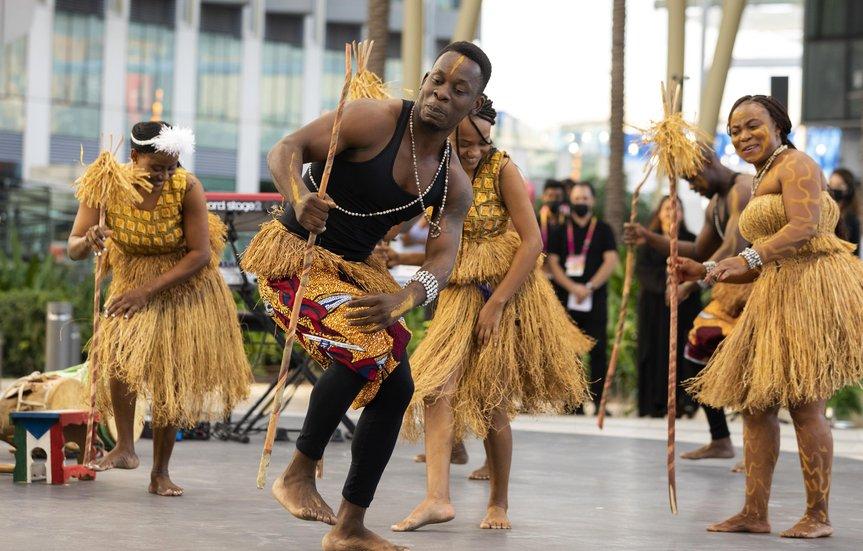
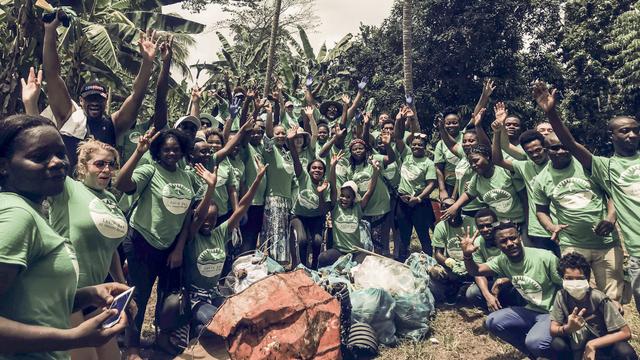
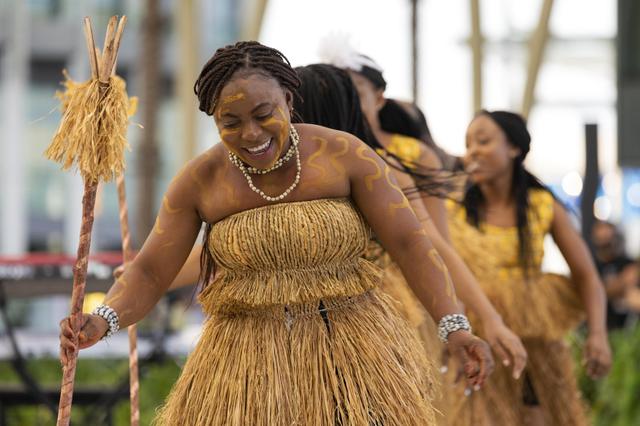
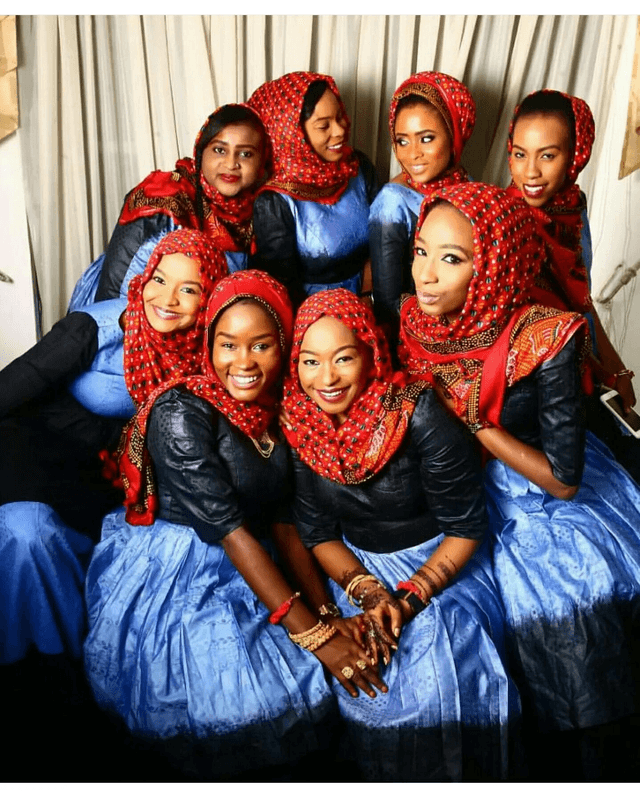
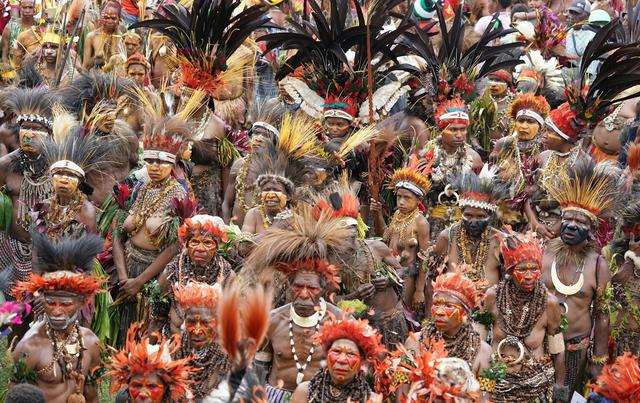
Daily life and social customs
Daily life in Equatorial Guinea blends modern aspirations with deep-rooted traditions. In urban areas, people follow work routines similar to other cities worldwide government office hours, school runs, social evenings in cafes, or football matches. However, family remains central, and large extended families often live together or maintain close ties. Social life is vibrant, with music, communal meals, and cultural events forming a strong part of daily rhythm. On weekends, locals gather for baptisms, weddings, or community feasts. In rural areas, life is dictated by nature planting, fishing, and harvesting cycles with days starting early and ending around sunset. Traditional dances, folktales, and ceremonies continue to shape social norms, especially among the Fang and Bubi. Respect for elders, hospitality toward visitors, and strong spiritual ties are core values in daily conduct.
Cuisine
Equatorial Guinean cuisine is hearty, flavorful, and influenced by local ingredients as well as Spanish and Portuguese colonial legacies. Meals often center around cassava, plantains, yams, rice, and peanuts, accompanied by meat, fish, or leafy greens. One popular dish is succotash-style stews with chicken or goat, thickened with groundnuts or palm oil. Pepper sauce (pili-pili) adds spice to many dishes. Seafood is widely consumed along the coast and islands grilled fish, octopus, and smoked shrimp are common. In more urban zones, Spanish dishes like tortilla Española and paella have been adopted. Street food is available in cities, including grilled meat skewers, fried yams, or coconut pastries. Meals are social events, often shared communally, especially during religious and family gatherings.
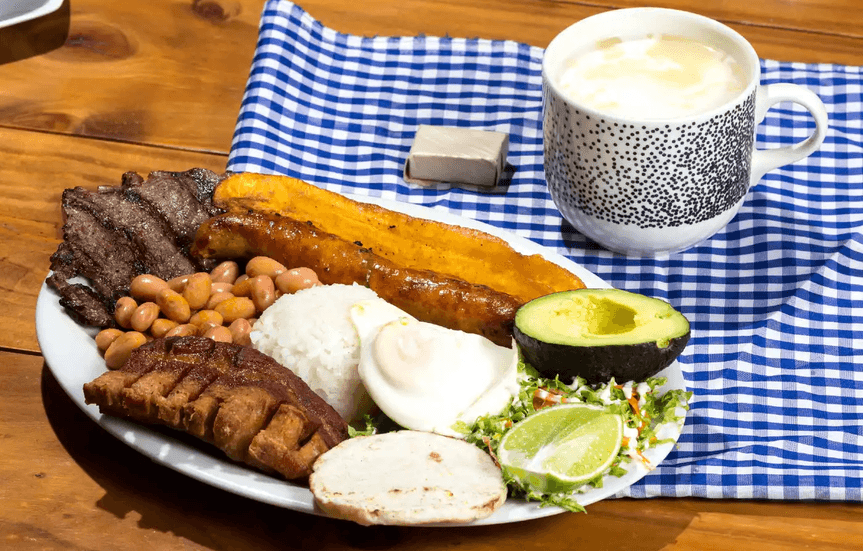

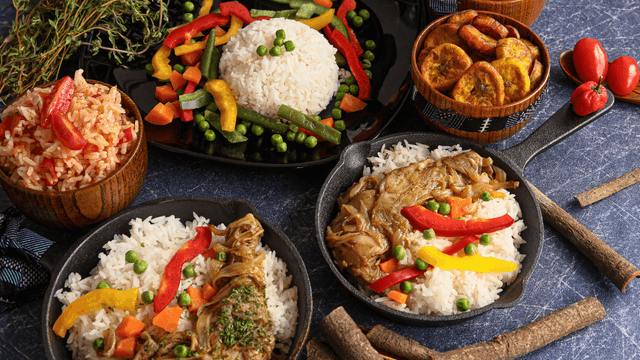

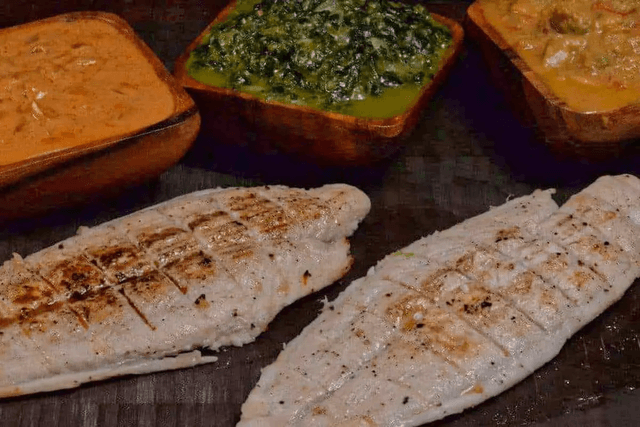
Music
Music is a lifeblood of Equatorial Guinean culture, combining indigenous rhythms with Latin, Afrobeat, and Congolese influences. Traditional music, especially among the Fang, features polyrhythmic drumming, harps, and xylophones used in ceremonies and storytelling. In urban areas, reggaetón, Afrobeats, and makossa dominate, often sung in Spanish or Fang.
Fang-Beti Music (Traditional)
Rooted in the cultural practices of the Fang people, Fang-Beti music features polyrhythmic drumming, chant-like vocals, and traditional instruments like the mvet. It is used in storytelling, spiritual rituals, and social ceremonies.
Makossa
Makossa, although Cameroonian in origin, is widely enjoyed and produced in Equatorial Guinea, especially in urban centers. It is danceable, funky, and marked by groovy basslines and upbeat percussion.
Reggaetón and Afrobeat (Modern Urban)
Younger Equatoguinean artists are heavily invested in urban genres like Reggaetón, Afrobeat, and Hip-Hop. These styles are typically performed in Spanish or Pidgin, with modern production and a focus on youth culture, nightlife, and identity.
Arts and crafts
Visual and performance arts in Equatorial Guinea draw heavily from tribal symbolism, masks, and ceremonial sculpture. Fang artisans are famed for their wood-carved masks and ancestor figures used in spiritual rituals. In recent years, modern artists have begun exploring themes of identity, politics, and postcolonial narratives. The Centro Cultural de España en Malabo plays a key role in hosting exhibitions, poetry slams, and theatrical performances. Art remains an important form of expression and preservation of cultural memory in the face of modernization and globalization.

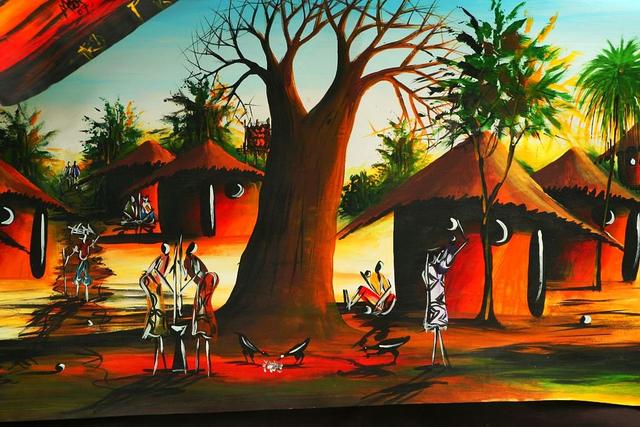



People
Ethnic groups
The country is ethnically diverse, with the Fang forming the majority over 80% of the population. They are split between mainland and Bioko-based subgroups and dominate politics and public life. The Bubi, indigenous to Bioko Island, maintain a strong cultural identity and language, although they have often been politically marginalized. Other groups include the Ndowe (coastal communities), the Annobonese (with Portuguese and Angolan roots), and small foreign communities (mainly from Nigeria, Cameroon, and Spain). Ethnic identity plays a significant role in politics, social cohesion, and community structure.
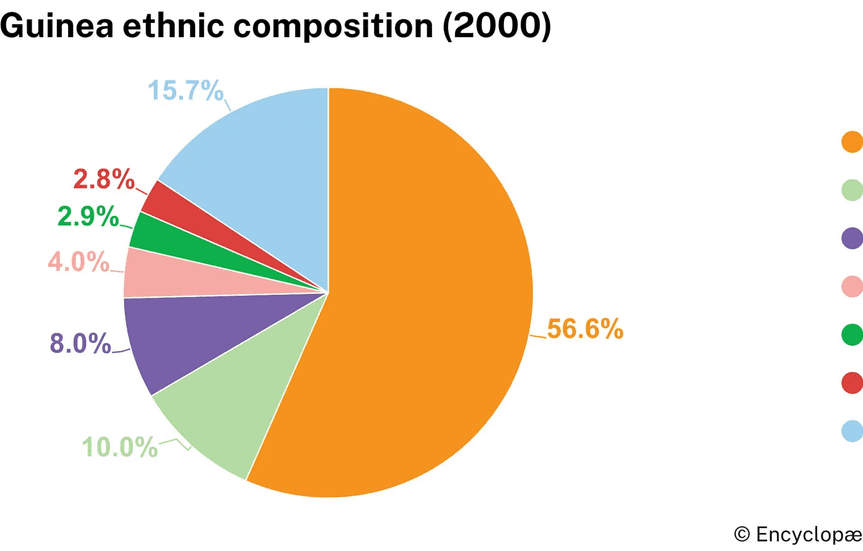
Religion
Christianity dominates, with Roman Catholicism being the main denomination due to colonial Spanish missionary work. Churches are central to community life, and religious festivals are widely celebrated. Protestant churches have grown in influence in recent decades. Many people, especially in rural and island communities, continue to blend Christian beliefs with traditional animist practices, such as ancestral worship, spirit rituals, and herbal medicine. Religion permeates daily life, from greetings to decision-making, with spiritual leaders often playing advisory roles in local communities.
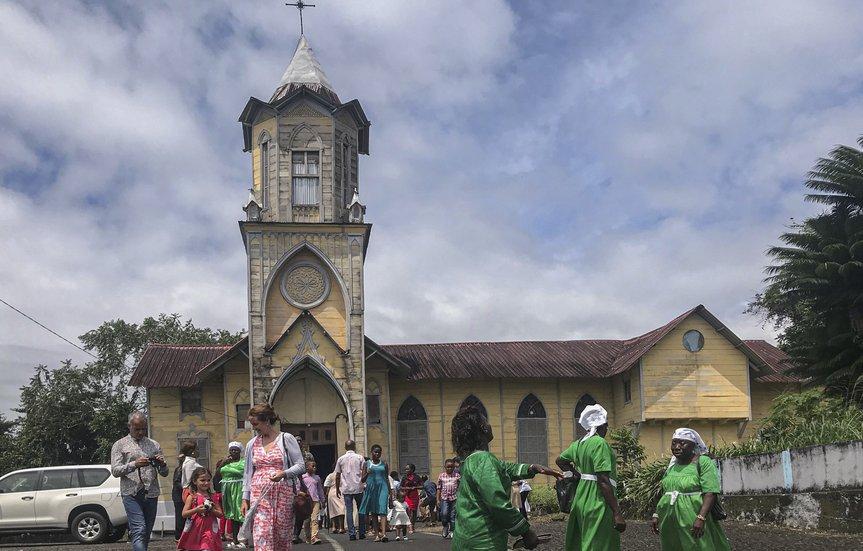
Settlement patterns
Urban Areas
The urban population is centered around Malabo, Bata, and the administrative capital Ciudad de la Paz (Oyala). These cities feature planned layouts with growing modern infrastructure roads, government buildings, high-rises, and expanding suburbs. Urbanization is driven by migration from rural areas in search of jobs, education, and services. Many live in cement block houses or apartments, though slums and informal settlements still exist around city edges.
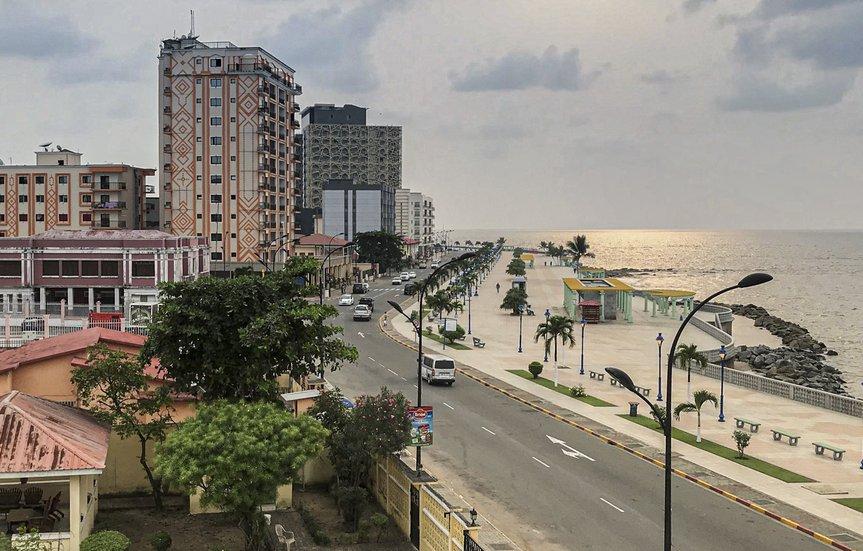
Rural Settlements
The mainland is dotted with small villages, often connected by narrow, sometimes unpaved roads. Traditional homes are built with wood, mud bricks, and thatched roofs. These rural areas rely heavily on farming and fishing, and life follows seasonal cycles. Despite low infrastructure, rural communities maintain strong ties to cultural traditions and extended family life.
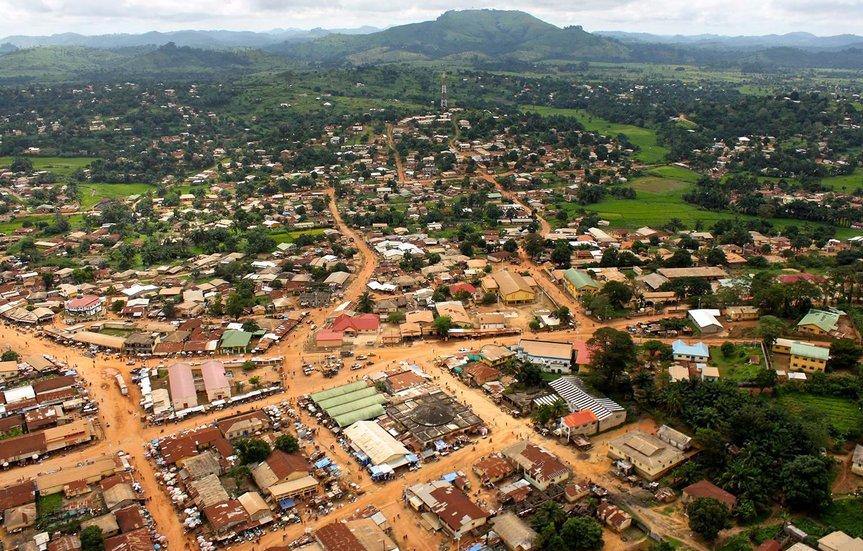
Isolated or Island Communities
On Annobón Island and parts of Bioko’s southern coast, communities remain somewhat isolated from national systems. Travel is by boat or small aircraft, and traditional lifestyles persist. These areas have strong local dialects, distinctive island customs, and economies based on fishing, handcrafts, and subsistence farming.
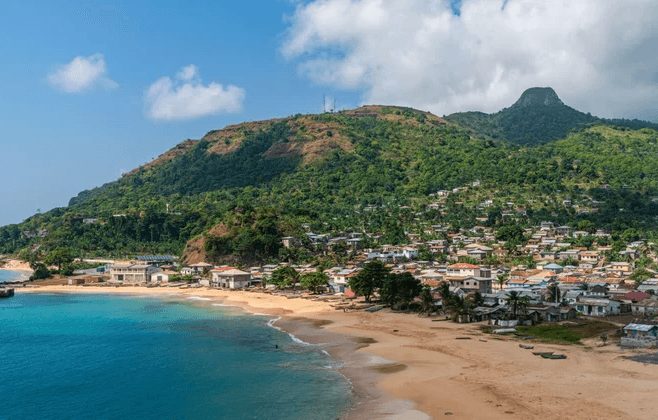
Demographic trends
Equatorial Guinea has a young population, with a median age around 22 years. Roughly 60% of the population is under 25, a reflection of high birth rates and a youthful demographic curve. However, this has created mounting pressure on the education system, job market, and health services. Urban areas are seeing rapid youth migration in search of better opportunities, while rural areas experience labor shortages. Population growth remains steady, but urbanization is shifting the demographic balance toward coastal cities.
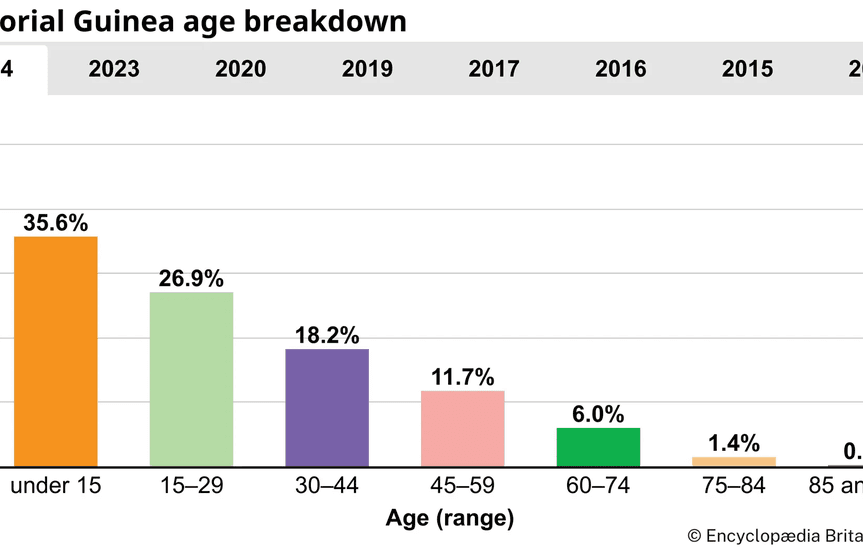
Touristic Cities
Malabo City
The capital on Bioko Island, is both a political and cultural hub. The city combines colonial Spanish architecture with modern glass buildings and palm-lined roads. Tourists are drawn to the Malabo Cathedral, colonial quarters, nearby black sand beaches, and the towering Pico Basilé, which offers panoramic views and hiking trails.
Bata City
The largest city on the mainland, is a fast-developing port and trade center with a lively urban atmosphere. Its nightlife, seaside promenade, and local markets attract visitors, as does the city's blend of modern infrastructure and Equatorial Guinean culture. It’s also the gateway to mainland parks and rural excursions.
Luba City
A smaller coastal town on Bioko Island, offers a more relaxed, scenic experience. Surrounded by rainforest and shoreline, it provides access to unspoiled beaches and cultural heritage sites related to the island’s early tribal kingdoms. It is also a great base for birdwatchers and nature lovers exploring Luba Crater Scientific Reserve.
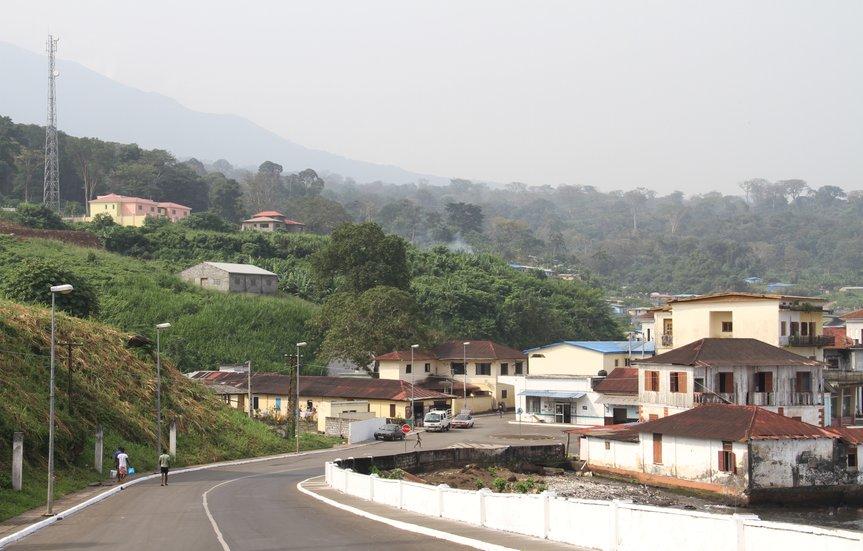
Accommodations
Guest houses
Guest houses in Equatorial Guinea offer a more intimate and affordable lodging alternative, especially outside the primary cities. Often family-run and modestly equipped, guest houses can be found in towns like Luba, Ebebiyín, and smaller neighborhoods of Malabo and Bata. These accommodations typically feature private rooms with shared bathrooms, basic furniture, and home-cooked meals prepared by hosts, providing visitors with an authentic cultural experience. Staying at a guest house allows travelers to interact closely with locals, learn about daily life, and enjoy personalized hospitality that large hotels cannot offer. While facilities may lack the luxuries of hotels or resorts, guest houses are perfect for budget-conscious travelers or those seeking a quieter, homely atmosphere. Due to limited online presence, bookings are often made on arrival or through local referrals.




Hotels and Resorts
Equatorial Guinea’s hotel and resort scene is most developed in its major cities and islands, serving a mix of business travelers, diplomats, and a slowly growing number of tourists. In Malabo, international hotels such as the Sofitel Malabo Sipopo Le Golf offer luxurious accommodations with amenities like golf courses, swimming pools, high-end restaurants, and conference facilities. Bata, the commercial heart on the mainland, also hosts several mid-range hotels like Ibis Bata and Panafrica Hotel, which provide comfortable rooms with modern conveniences, often overlooking the Atlantic coast or cityscape. Some resorts combine beachfront locations with recreational activities, targeting both leisure tourists and visiting professionals. While these hotels generally maintain high standards, the hospitality sector is still developing, with improvements ongoing in-service quality, internet connectivity, and transport links to remote areas.
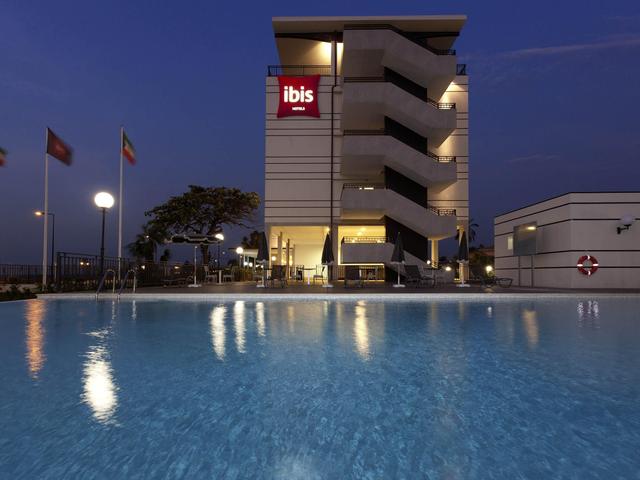
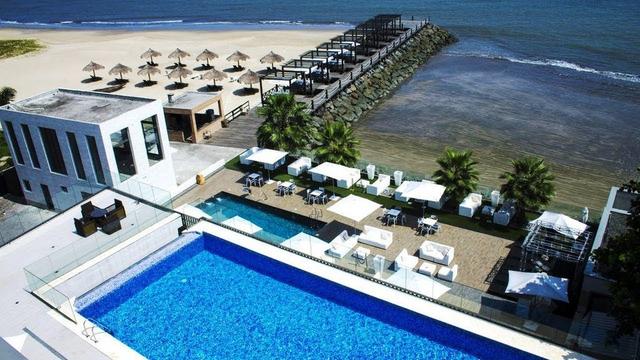
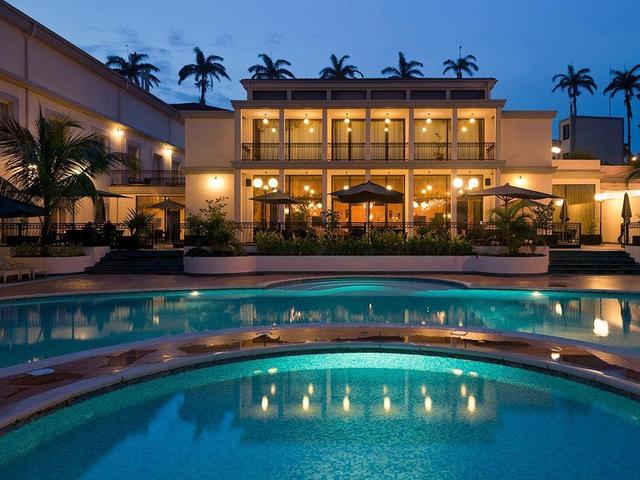
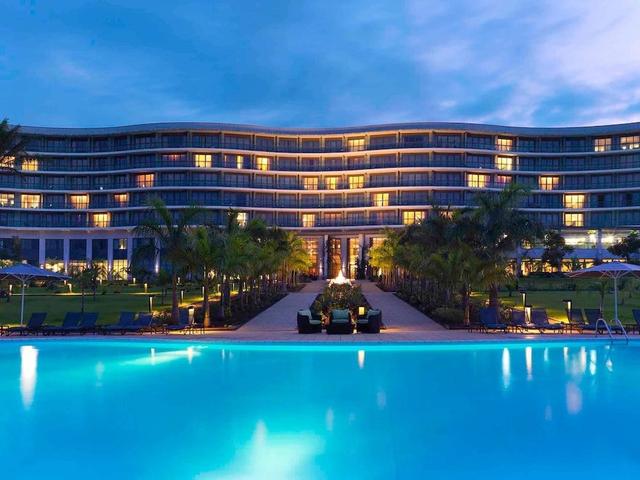
Campings
Camping options in Equatorial Guinea are quite limited but present unique opportunities for eco-adventure travelers and nature enthusiasts. Most camping takes place near protected areas like Monte Alén National Park or the volcanic highlands of Bioko Island, where visitors can immerse themselves in dense tropical rainforests, spot rare wildlife, and enjoy unspoiled natural landscapes. Formal campsites are scarce, so camping is often arranged through eco-lodges or guided tours that provide tents, meals, and local knowledge. Due to the country’s humid climate and dense forests, wild camping is generally discouraged unless accompanied by experienced guides. Safety concerns and lack of infrastructure mean that camping is best suited to those seeking an authentic, off-the-beaten-path experience rather than comfort or convenience.
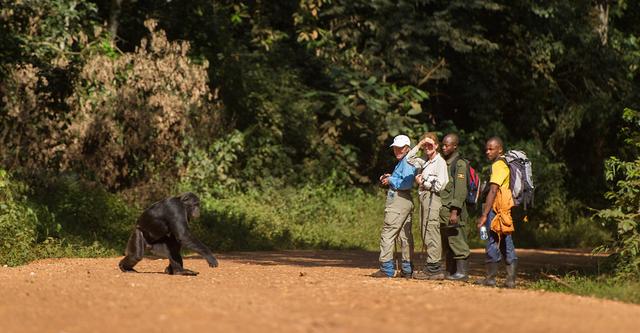

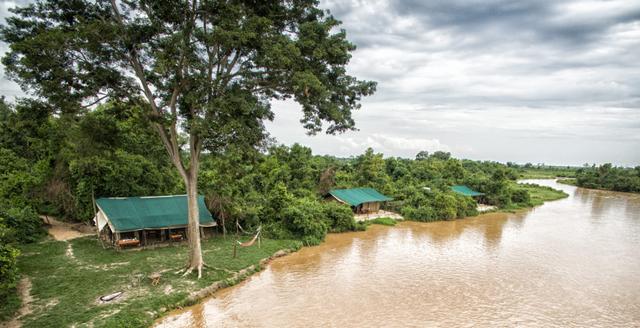

Requirements for Visa
Documents required for the application process
- Valid passport with at least 6 months’ validity.
- Completed visa application form.
- Two recent passport-size photos.
- Proof of flight booking or return ticket.
- Hotel reservation or invitation letter.
- Travel insurance covering your stay.
- Yellow fever vaccination certificate.
- Visa fee payment receipt.
- Processing takes about 3 to 7 working days.
At the time of visa issuance, please provide the following documents
- Yellow fever vaccination certificate.
- Visa fee payment receipt.
- Proof of return ticket or confirmed travel itinerary.
- National ID or residence permit (for foreign applicants applying from abroad).
Economy of Equatorial Guinea
Agriculture, forestry, and fishing
Although oil drives the economy today, agriculture remains an important source of livelihood, especially in rural areas. Farming is primarily subsistence-based, with smallholder plots producing cassava, yams, bananas, cocoa, sweet potatoes, and corn. The country has the potential for large-scale agriculture due to its fertile volcanic soils, especially on Bioko and Río Muni, but development has been slow due to prioritization of oil and lack of rural infrastructure. Forestry plays a traditional role in exports okoumé wood from the rainforests is particularly valuable but there are increasing restrictions to combat illegal logging and protect biodiversity. Fishing, both artisanal and industrial, is a major activity for coastal communities. Equatorial Guinea’s maritime waters are rich with fish, shrimp, and seafood, but the sector is still underexploited and faces challenges from foreign fleets and lack of processing infrastructure.
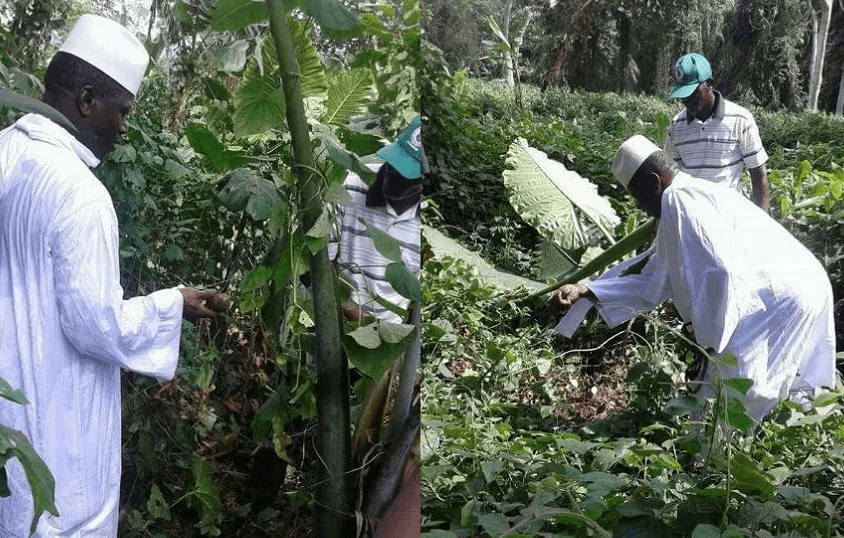
Resources and power
Equatorial Guinea is one of Africa’s leading oil-producing countries per capita, with most reserves located offshore near Bioko and the Gulf of Guinea. The country also exports liquefied natural gas (LNG) and has significant infrastructure for petroleum refining and gas conversion. This has generated immense revenues since the 1990s and transformed Malabo into a city of modern highways and glass towers. Beyond hydrocarbons, the nation holds gold, diamonds, bauxite, and iron ore, though exploration remains minimal due to political risk and lack of investment. Hydroelectric power, especially from the massive Djibloho Dam, supports a growing share of electricity needs, though access in rural zones is still unreliable.

Manufacturing
The industrial base of Equatorial Guinea is shallow and largely tied to the energy sector. Most manufacturing activity revolves around oil refining, gas processing, bottling, and cement production. Some small-scale factories process timber, palm oil, and food products, but domestic demand is limited. There are ongoing government efforts to diversify the economy through Special Economic Zones (SEZs), particularly near the new planned capital Ciudad de la Paz (Oyala), which aims to attract foreign investment into pharmaceuticals, agribusiness, and light assembly industries.

Finance
The financial system is regional in nature, as Equatorial Guinea is a member of the Central African Economic and Monetary Community (CEMAC). The Central Bank (BEAC) oversees monetary policy, and the country uses the CFA Franc. Several banks operate in Malabo and Bata, including local branches of BGFI Bank and Ecobank, though access to credit for small businesses is very limited. Transparency issues, weak regulation, and a small customer base hinder the development of robust financial services, despite efforts to digitalize payments and promote private-sector lending.
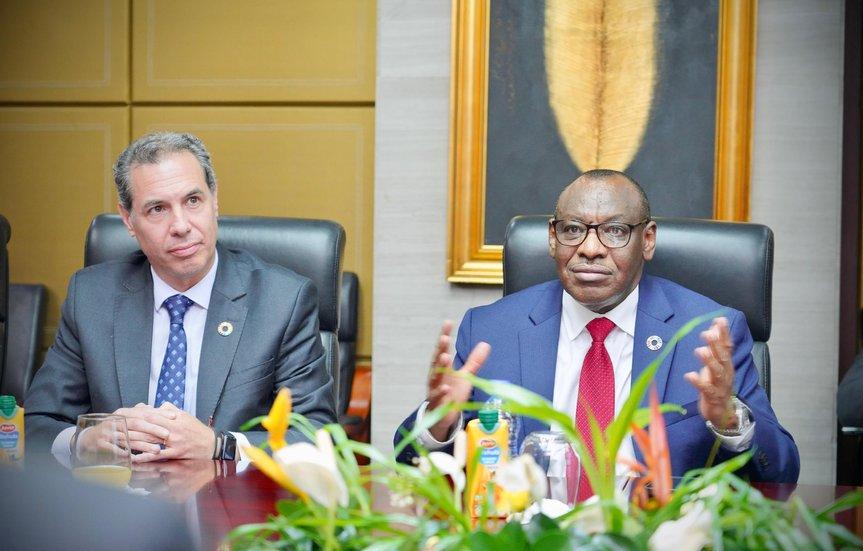
Trade
The country’s exports are overwhelmingly dominated by crude oil, natural gas, and timber, which go to countries such as China, Spain, and the United States. On the import side, Equatorial Guinea brings in almost everything else machinery, construction materials, vehicles, processed foods, and consumer electronics. The ports of Malabo and Bata serve as critical entry and exit points for trade, and there is growing investment in upgrading port infrastructure and customs clearance. The trade balance remains positive due to hydrocarbon exports, but high dependency on external markets makes the economy vulnerable to oil price shocks.
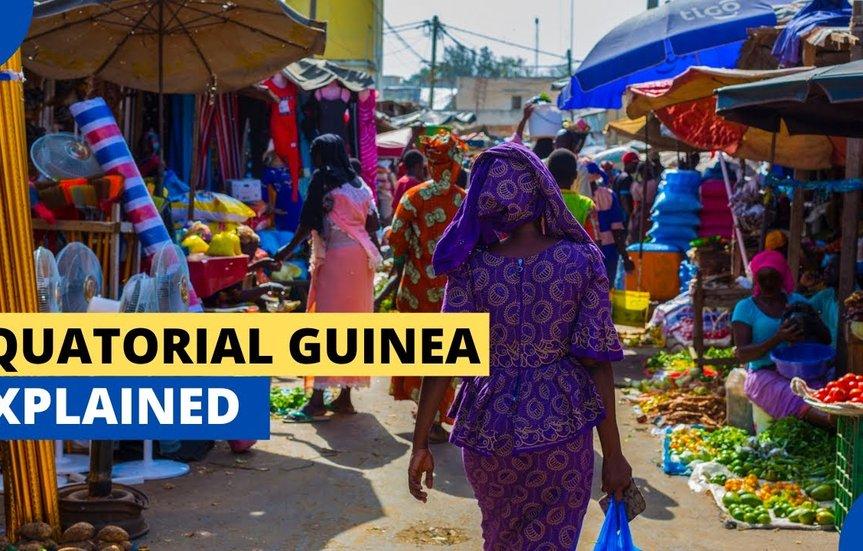
Labour and taxation
The workforce is small and relatively young, but unemployment and underemployment especially among youth remain serious issues. Much of the population is employed in public service, oil-related industries, or informal markets. The tax system includes corporate taxes, a 15% VAT, and personal income tax. However, the government relies more on oil revenue than domestic taxation. There are limited labor protections, and union activity is extremely restricted under current political conditions.
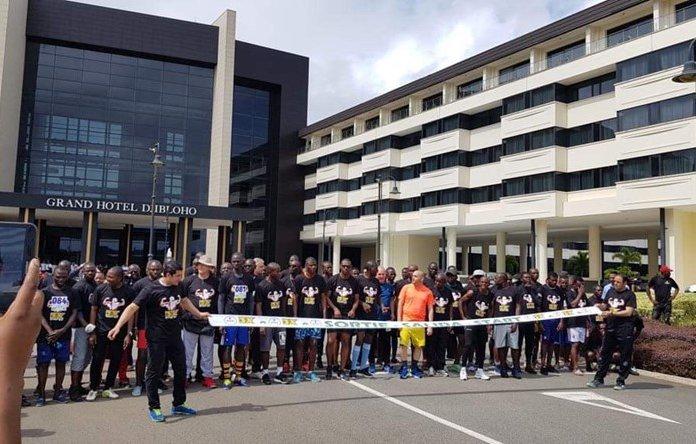
Transport and Communications
Thanks to oil money, Equatorial Guinea has built some of Central Africa’s best roads and highways, especially between Malabo, Bata, and Oyala. Two modern international airports Malabo and Bata handle flights to Europe and Africa, and several regional airports serve smaller cities. Port infrastructure has also seen improvements, and new bridges, tunnels, and rail proposals are part of the national vision. On the digital front, mobile connectivity is decent in urban areas, but broadband internet remains costly and slow, particularly outside Malabo.
Latest News in Equatorial Guinea
Politics
The first president of independent Namibia, Sam Nujoma, has died at the age of 95 in the capital Windhoek, the country's current leader has announced.
Politics
Ugandan President Yoweri Museveni has officially announced his intention to seek re-election in the 2026 presidential race, extending his nearly four-decade rule. Museveni, who has been in power since 1986, is once again positioning himself as the steady hand guiding Uganda through challenges. His decision has sparked mixed reactions, with supporters praising his leadership and longevity, while critics call for fresh leadership and political reform. As the nation looks ahead to the 2026 elections, Uganda braces for a heated political contest.
Politics
Peace Agreement with DRC Rwanda and the Democratic Republic of Congo (DRC) signed a U.S.-brokered peace deal aimed at ending conflict and promoting regional trade. Rwanda agreed to stop supporting armed groups like M23 rebels, though it denies involvement. Tensions remain, and President Kagame is cautious about whether the peace will last.
Wildlife
Tanzania has announced that all foreign tourists visiting Mainland Tanzania will be required to purchase a mandatory travel insurance policy upon arrival, beginning January 2026. The new regulation, issued by the Ministry of Finance on July 4, 2025, is part of the government reforms in the country’s 2025/26 financial year agenda. According to the notice, the measure will apply to all non-citizens, with the exception of visitors from countries that are part of the East African Community (EAC) and the Southern African Development Community (SADC). Citizens from these regions will continue to be exempt from the requirement.
Environment
In light of the growing food insecurity crisis across many African nations, heads of state and agriculture experts gathered in Nairobi, Kenya, this week to discuss solutions to address food shortages, especially in regions severely affected by climate change, political instability, and economic challenges. The two-day summit, titled “Agriculture and Climate Resilience: A Pan-African Strategy”, brought together government officials, NGOs, scientists, and international organizations to create a comprehensive strategy to improve agriculture, nutrition, and sustainable food systems across the continent.
Tech & Science
In 2025, Artificial Intelligence (AI) isn’t just a futuristic buzzword - it’s the secret weapon behind some of the world’s most successful content creators. From bloggers and YouTubers to podcasters and marketers, AI-powered tools are changing the way we brainstorm, write, design, and edit. If you've ever struggled with writer’s block, lacked design skills, or wished for faster content creation - AI might be your best assistant yet. Here’s how AI is revolutionizing the creative industry and how you can use it to boost your projects.
